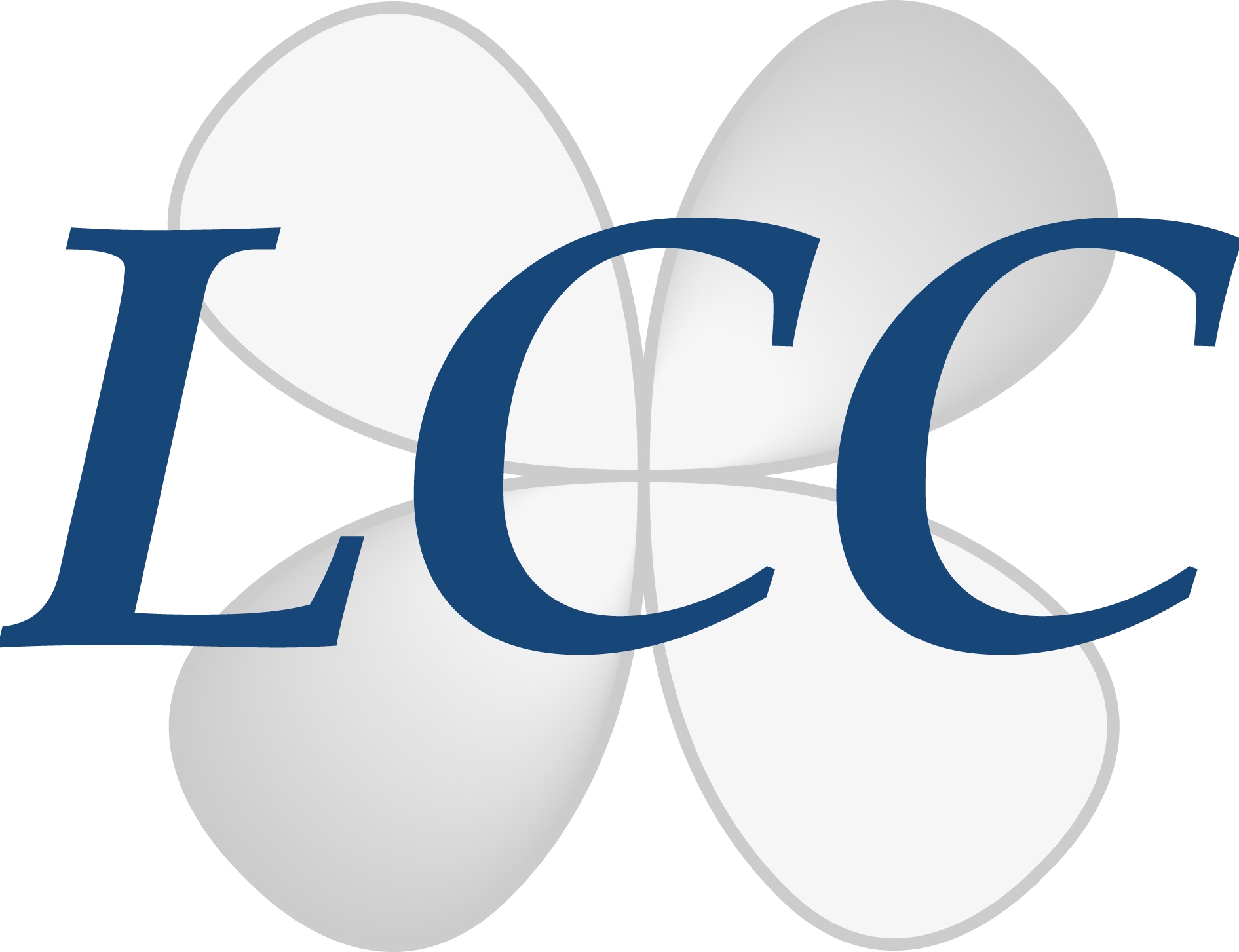STUDY OF THE REACTIVITY OF IRON NANOPARTICLES TOWARDS AMMONIA
NANOSCIENCE

Lab: LCC
Duration: NanoX master Internship (8 months part-time in-lab immersion)
Latest starting date: 02/01/2025
Localisation: LCC-CNRS – Toulouse, University Paul Sabatier
205 route de Narbonne – BP 44099
31077 Toulouse cedex 4 – FRANCE
Supervisors:
Catherine AMIENS catherine.amiens@lcc-toulouse.fr
Marc RESPAUD marc.respaud@cemes.fr
Work package:
Permanent magnets are essential for many technological devices in our daily lives, such as wind
turbines, electric car motors, and smartphones, but are mainly made of toxic and/or polluting elements
(cobalts or rare earths), for which it is becoming crucial to find alternatives. Sustainable economic
development constraints also require finding cheaper, more durable alternatives to rare earth
magnets.1
A recent literature review shows that the Fe16N2 phase, consisting of abundant and low toxicity
elements, has the required magnetic properties and would therefore be a good alternative.2 The main
route to this phase starts from the synthesis of iron oxide nanoparticles which are then reduced at
high temperature and nitridated by exposure to ammonia.3 To avoid the first step, which is very
energy consuming, our team has developed in collaboration with Prof. M. Respaud (CEMES), a process
based on the direct synthesis of iron nanoparticles, which are then exposed to ammonia.4 By this
method, the Fe2N phase has been obtained and fully characterized. Preliminary experiments alos lead
to a mixed material consisting in bcc-Fe and the target Fe16N2 phase.
The objective of this internship is to optimise the synthesis conditions to obtain the pure nitrogen-
poor phase, Fe16N2, of interest for the development of permanent magnets. It will therefore consist of
three parts:
-the study of the reactivity of Fe nanoparticles with ammonia to control the rate of nitrogen
incorporation (in dry or wet conditions, respectively in an oven or a reactor).
-the characterization of the nanomaterials obtained by the adapted analysis techniques such as:
electronic microscopy, ICP analysis, DRX, magnetic measurements.
-compaction of the powders into prototype magnets and study of their properties.
During this insternship the student will work in close collaboration with a PhD student (former NanoX
master student), learn the basics of air-sensitive material handling, how to prepare samples for the
required analysis and interpretation of the results thereof, to work in an international context.
References:
References :
1. Dent PC. Rare earth elements and permanent magnets. J Appl Phys. 2012;111(7):07A721;
2. Coey JMD. Perspective and Prospects for Rare Earth Permanent Magnets. Engineering.
2020;6(2):119-131 ;
3. Bhattacharyya, S. Iron Nitride Family at Reduced Dimensions: A Review of Their Synthesis
Protocols and Structural and Magnetic Properties. J. Phys. Chem. C. 2015 ;119(4):1601.
4. Haim, L. Study of the nitridation of zerovalent iron nanoparticles. PhD dissertation. Université Paul-
Sabatier, Mai 2021
Areas of expertise:
/
Required skills for the internship:
/
